Home>Articles>What Weather Instrument Is Used To Forecast A Hurricane
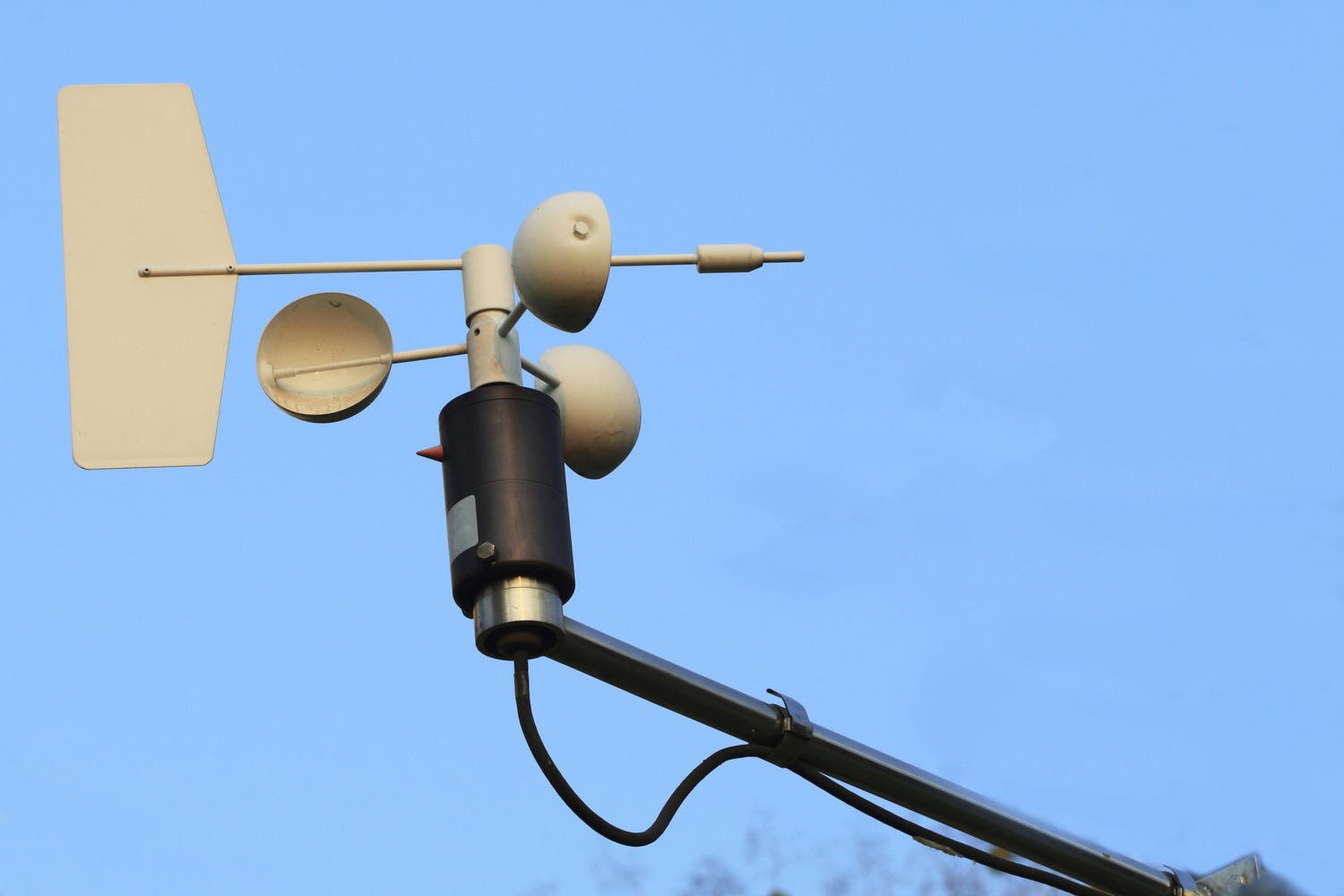

Articles
What Weather Instrument Is Used To Forecast A Hurricane
Modified: February 29, 2024
Read informative articles about the weather instrument used to accurately forecast hurricanes and stay informed about impending storms.
(Many of the links in this article redirect to a specific reviewed product. Your purchase of these products through affiliate links helps to generate commission for Storables.com, at no extra cost. Learn more)
Introduction
A hurricane is one of the most powerful and destructive natural phenomena on Earth. Its unpredictable nature and potential for devastation make it crucial to have accurate and timely forecasts to protect lives and property. Weather instruments play a crucial role in gathering data and providing valuable insights for predicting and tracking hurricanes.
In this article, we will explore the different weather instruments used in hurricane forecasting, their functions, and how they contribute to the accuracy of hurricane predictions. Understanding the role of these instruments will help us grasp the complexity of hurricane forecasting and appreciate the efforts made to protect vulnerable populations.
Key Takeaways:
- Weather instruments like anemometers, barometers, satellites, and radars are crucial for accurate hurricane forecasting, helping to predict and track these powerful storms, enabling timely warnings and preparations.
- Challenges in hurricane forecasting include predicting the storm’s path and intensity, requiring continuous technological advancements and research efforts to improve accuracy and ensure the safety of vulnerable communities.
Read also: 9 Best Weather Instrument Forecast for 2024
Anemometers
Anemometers are weather instruments specifically designed to measure and record the speed and direction of wind. These devices are critical in hurricane forecasting as winds are a primary indicator of a storm’s intensity and potential impact. Anemometers can be categorized into various types, including cup anemometers, hot-wire anemometers, and sonic anemometers.
Cup anemometers consist of three or four cups mounted on horizontal arms. As wind blows, the cups rotate, and the speed of rotation is proportional to the wind speed. Hot-wire anemometers utilize a heated wire that cools down due to the wind’s speed. The change in wire temperature is used to calculate wind speed. Sonic anemometers use ultrasonic sound waves to measure wind speed and direction accurately.
By placing anemometers at various heights and locations, meteorologists gather data on wind patterns and changes in intensity, which are crucial for predicting the trajectory and strength of a hurricane. This information helps in identifying the areas that are likely to be affected by the storm and enables timely evacuation and preparation measures.
Barometers
Barometers are instruments used to measure atmospheric pressure. In hurricane forecasting, barometers are essential for understanding the atmospheric conditions that contribute to the formation and development of a storm. Changes in atmospheric pressure provide valuable insights into the strength and positioning of a hurricane.
There are two primary types of barometers used in hurricane forecasting: mercury barometers and aneroid barometers. Mercury barometers measure atmospheric pressure by detecting the height of a column of mercury inside a glass tube. Aneroid barometers, on the other hand, use a sealed metal chamber that expands or contracts based on changes in atmospheric pressure, which is then converted into a reading on a dial.
By analyzing changes in atmospheric pressure, meteorologists can detect the formation and movement of low-pressure systems, such as hurricanes. A drop in pressure indicates that air is rising and condensing, creating an area of precipitation and potential storm development. Monitoring the changes in atmospheric pressure over time helps forecasters track the strength and progression of a hurricane.
Additionally, barometric pressure readings can provide insights into the severity and potential impact of a hurricane. The lower the pressure, the stronger the storm is likely to be, with higher winds and more intense rainfall. This information is crucial for issuing warnings, evacuating vulnerable areas, and preparing for the potential consequences of the storm.
Weather Satellites
Weather satellites play a vital role in hurricane forecasting by providing a comprehensive view of the Earth’s atmosphere from space. These satellites are equipped with advanced sensors and instruments that collect a wide range of data, including imagery, temperature profiles, and moisture content, which are crucial for analyzing and monitoring weather patterns, including hurricanes.
One of the most important features of weather satellites is their ability to capture high-resolution images of hurricane formations from above. These images provide meteorologists with a clear view of the storm’s size, structure, and movement. By analyzing the cloud patterns, eye formation, and other characteristics, forecasters can track the development and path of a hurricane.
Weather satellites also provide data on temperature and humidity levels in the atmosphere. These measurements help identify the conditions that are favorable for hurricane formation and intensification. By monitoring temperature changes at different altitudes, meteorologists can assess the stability and energy of the atmosphere, which provides valuable information about the potential strength and behavior of a hurricane.
Moreover, weather satellites enable continuous monitoring of hurricanes, even in remote areas or regions where on-site observations are limited. This real-time data allows for more accurate and timely predictions, essential for issuing warnings and ensuring public safety.
Overall, weather satellites provide a comprehensive and global perspective of hurricanes, contributing to improved forecasting accuracy and the ability to track these powerful storms from their initial formations to their dissipation.
A weather instrument used to forecast a hurricane is a barometer. It measures changes in air pressure, which can indicate the approach and intensity of a hurricane.
Weather Radars
Weather radars are crucial tools in hurricane forecasting, providing detailed information about precipitation patterns, storm structure, and movement. These instruments emit electromagnetic waves that bounce off precipitation particles, allowing meteorologists to analyze the intensity, location, and movement of precipitation within a hurricane.
By assessing the reflectivity of the radar signal, meteorologists can determine the rainfall rates and identify areas of heavy precipitation within a storm. Additionally, Doppler radar technology enables the measurement of wind speeds and directions within a hurricane, providing valuable insight into the storm’s strength and organization.
Weather radars also play a significant role in identifying the potential for tornado development within a hurricane. By detecting rotation within a storm, meteorologists can issue tornado warnings, enabling people to seek shelter and take appropriate safety precautions.
Read more: What Are The Weather Instrument
The Importance of Hurricane Forecasting
Hurricane forecasting is of utmost importance for protecting lives and minimizing damage caused by these powerful storms. Accurate predictions allow for early warnings, evacuation plans, and the mobilization of resources to affected areas.
Forecasting the path of a hurricane is crucial for determining areas that are most likely to be impacted. This information enables local authorities and residents to take appropriate measures, such as evacuating coastal regions and securing property.
Furthermore, predicting the intensity and potential impact of a hurricane is vital for preparing for storm surge, strong winds, and heavy rainfall. Having an accurate understanding of a storm’s strength helps in making informed decisions regarding infrastructure, emergency response, and resource allocation.
Challenges in Hurricane Forecasting
Hurricane forecasting presents several challenges due to the complex and dynamic nature of these storms. One of the major difficulties lies in accurately predicting the path a hurricane will take. Small changes in atmospheric conditions can significantly affect the storm’s trajectory, making it challenging to predict its exact landfall location.
Another challenge is accurately forecasting the intensity of a hurricane. Factors such as wind shear, sea surface temperatures, and interaction with land can all impact the strength of a storm. Understanding and modeling these factors accurately pose ongoing challenges for meteorologists.
Furthermore, the rapid evolution of technology and the constantly changing atmospheric conditions require continuous improvement and innovation in forecasting models and data collection methods.
Conclusion
In conclusion, weather instruments play a critical role in hurricane forecasting, providing essential data for predicting and tracking these powerful storms. Anemometers, barometers, weather satellites, and weather radars all contribute to the accuracy of hurricane predictions.
While the challenges in hurricane forecasting persist, advancements in technology and ongoing research efforts continue to enhance our understanding and ability to forecast these storms. Improving the accuracy of hurricane forecasts helps to ensure the safety and well-being of communities in vulnerable areas.
Frequently Asked Questions about What Weather Instrument Is Used To Forecast A Hurricane
Was this page helpful?
At Storables.com, we guarantee accurate and reliable information. Our content, validated by Expert Board Contributors, is crafted following stringent Editorial Policies. We're committed to providing you with well-researched, expert-backed insights for all your informational needs.
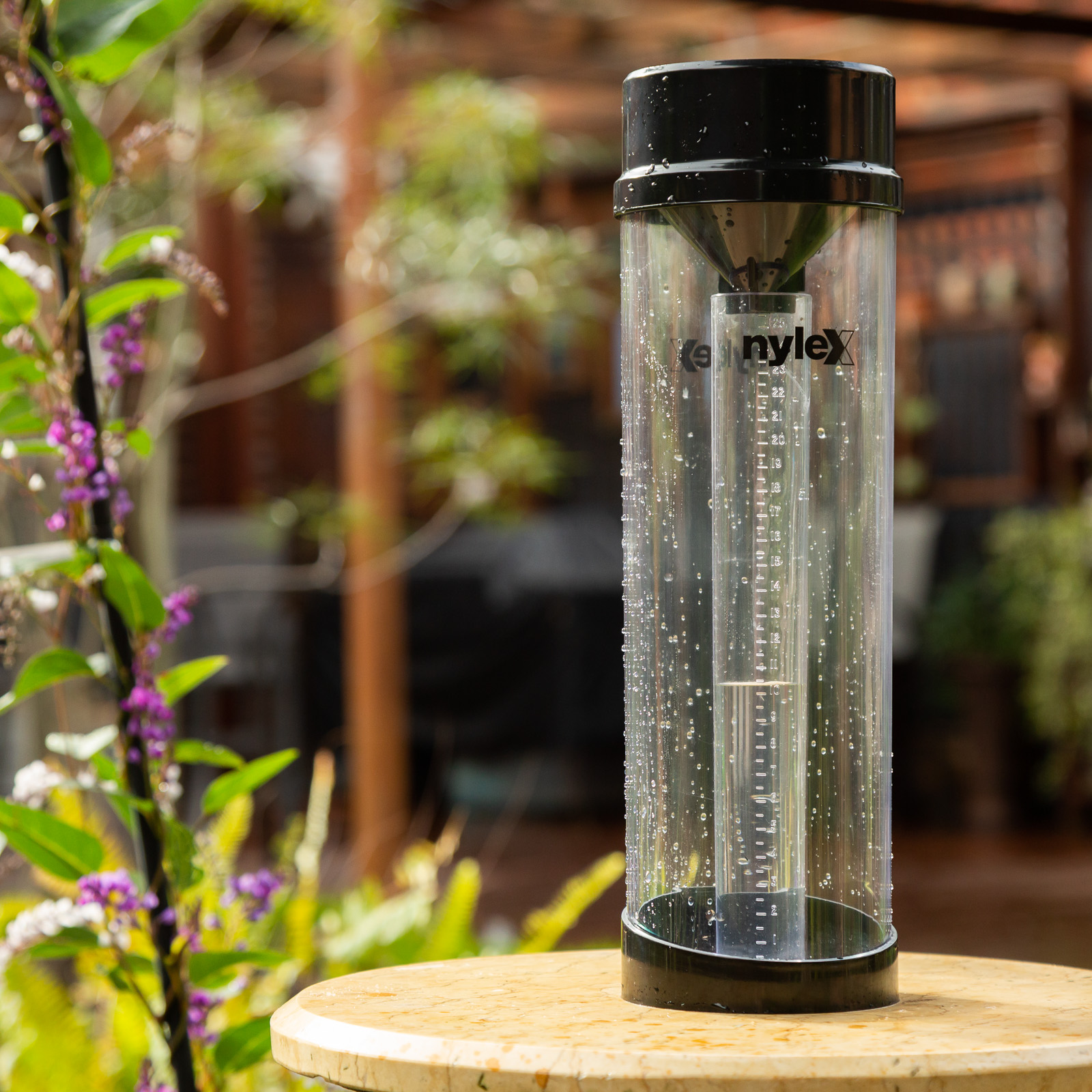
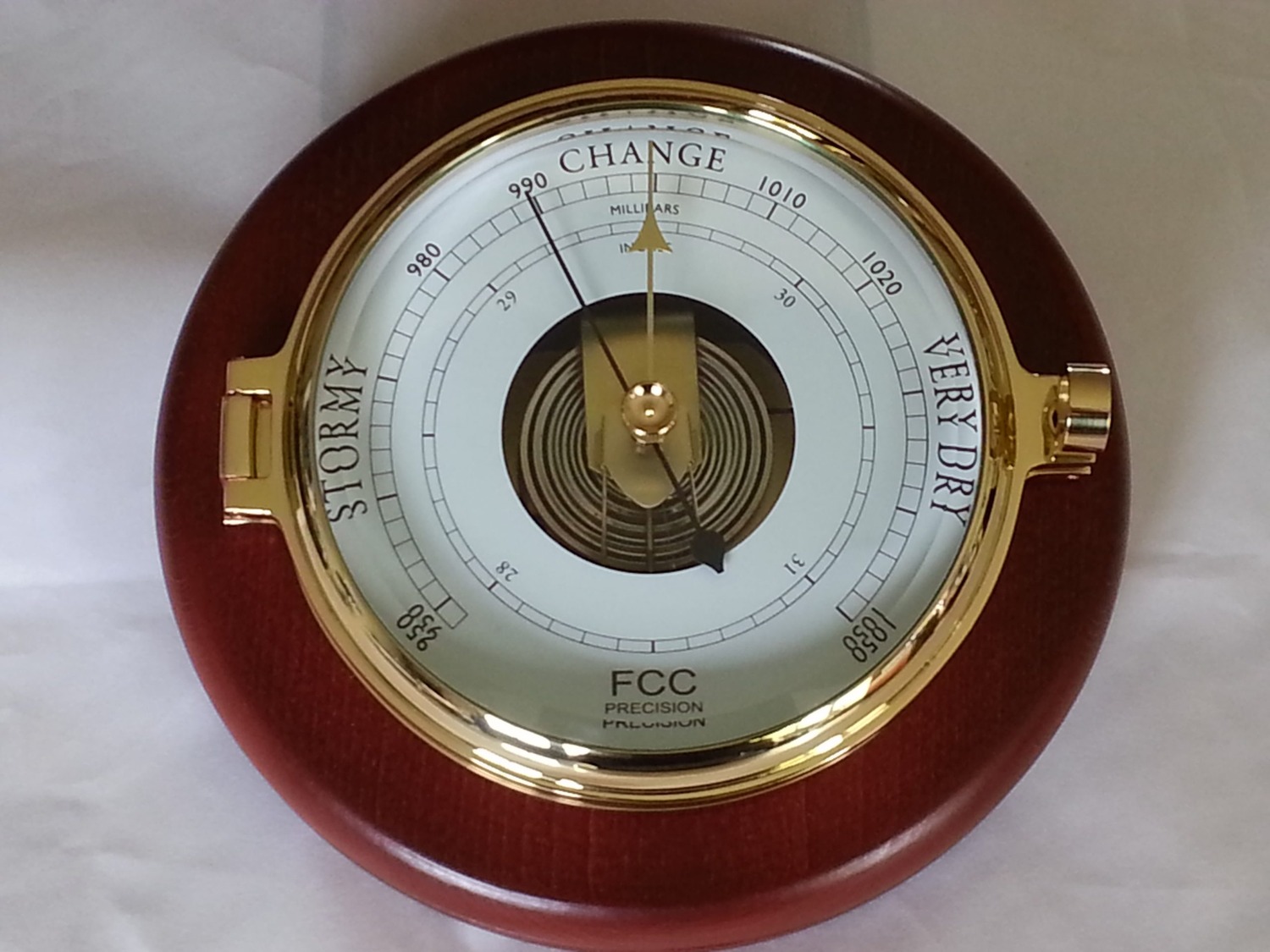
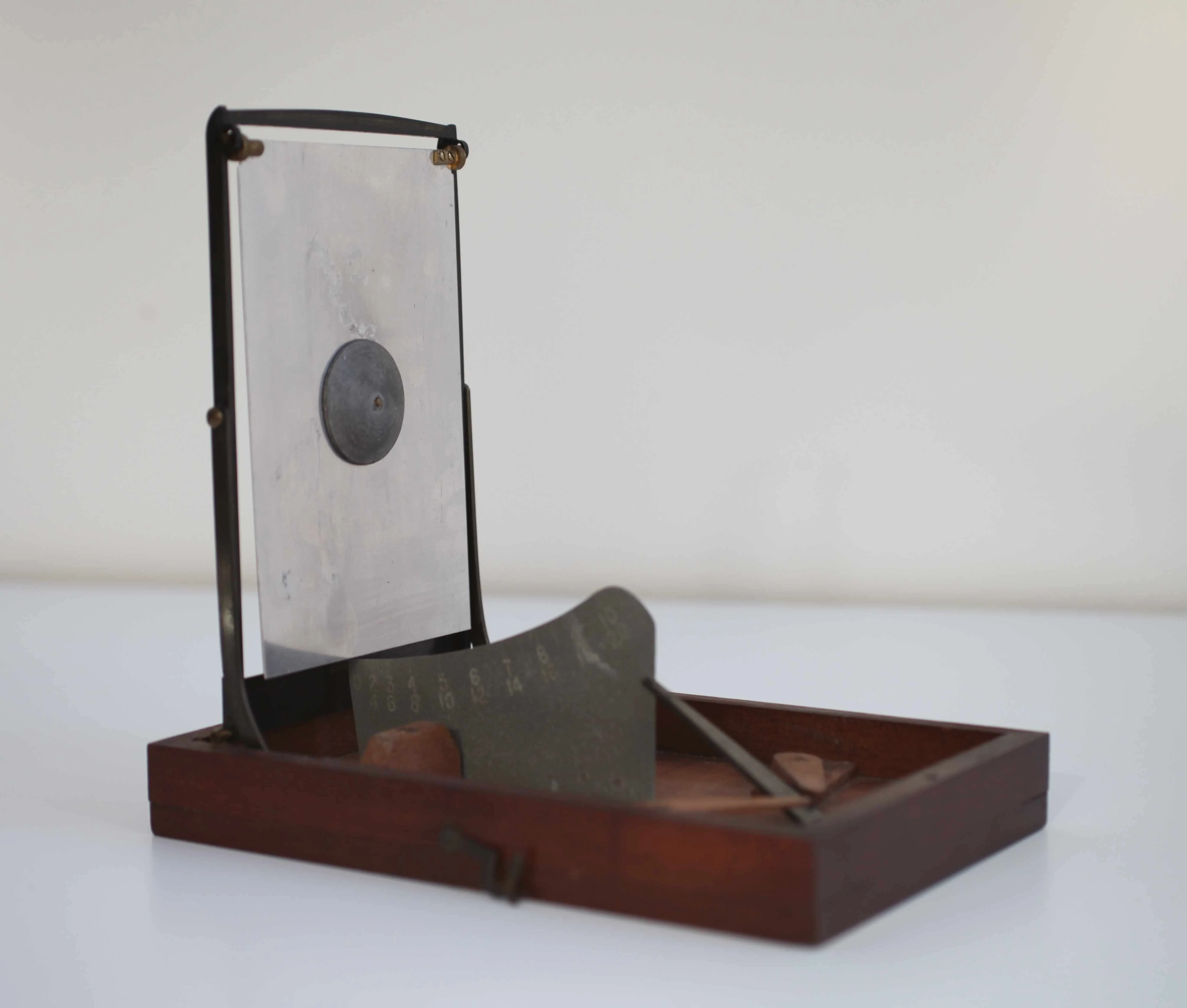
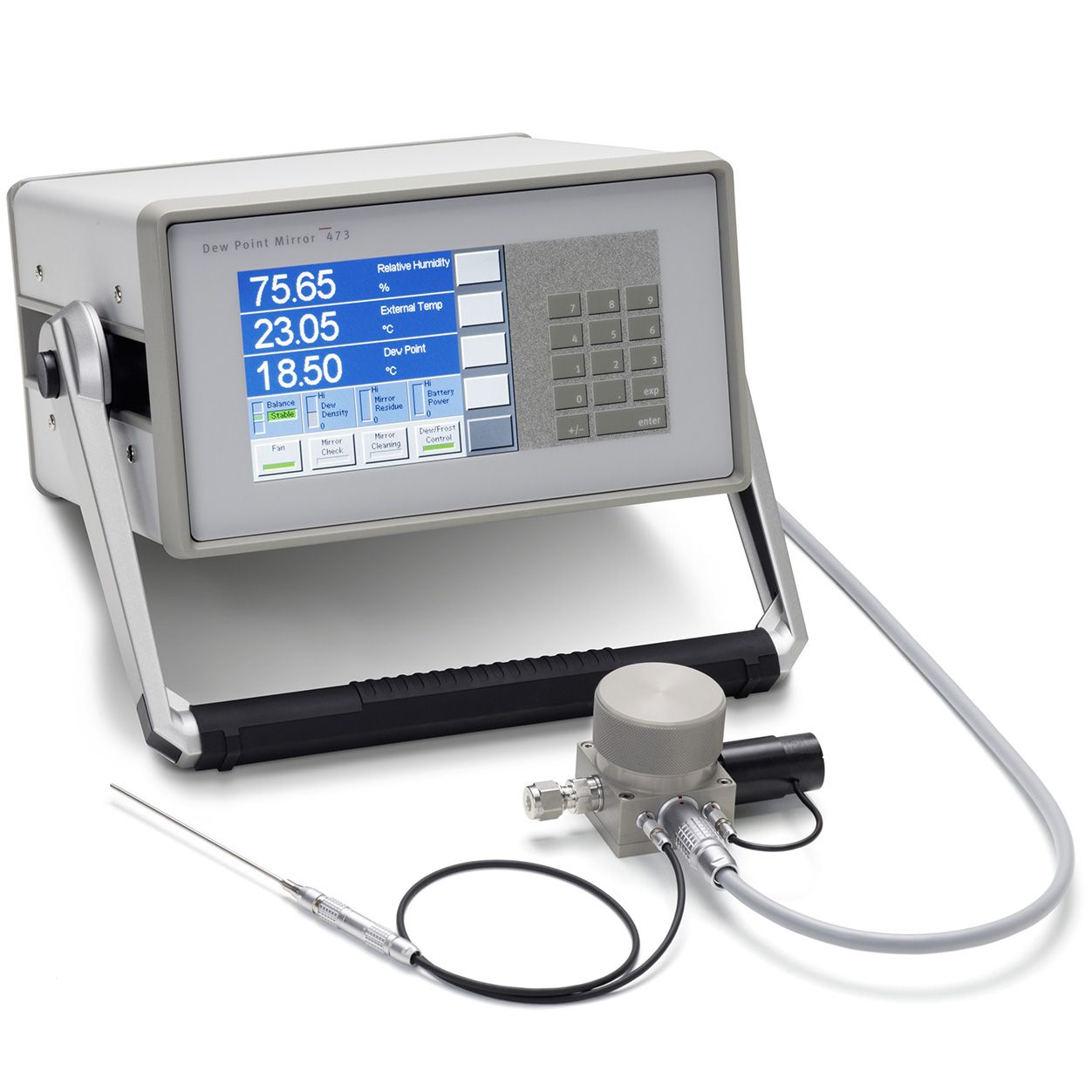
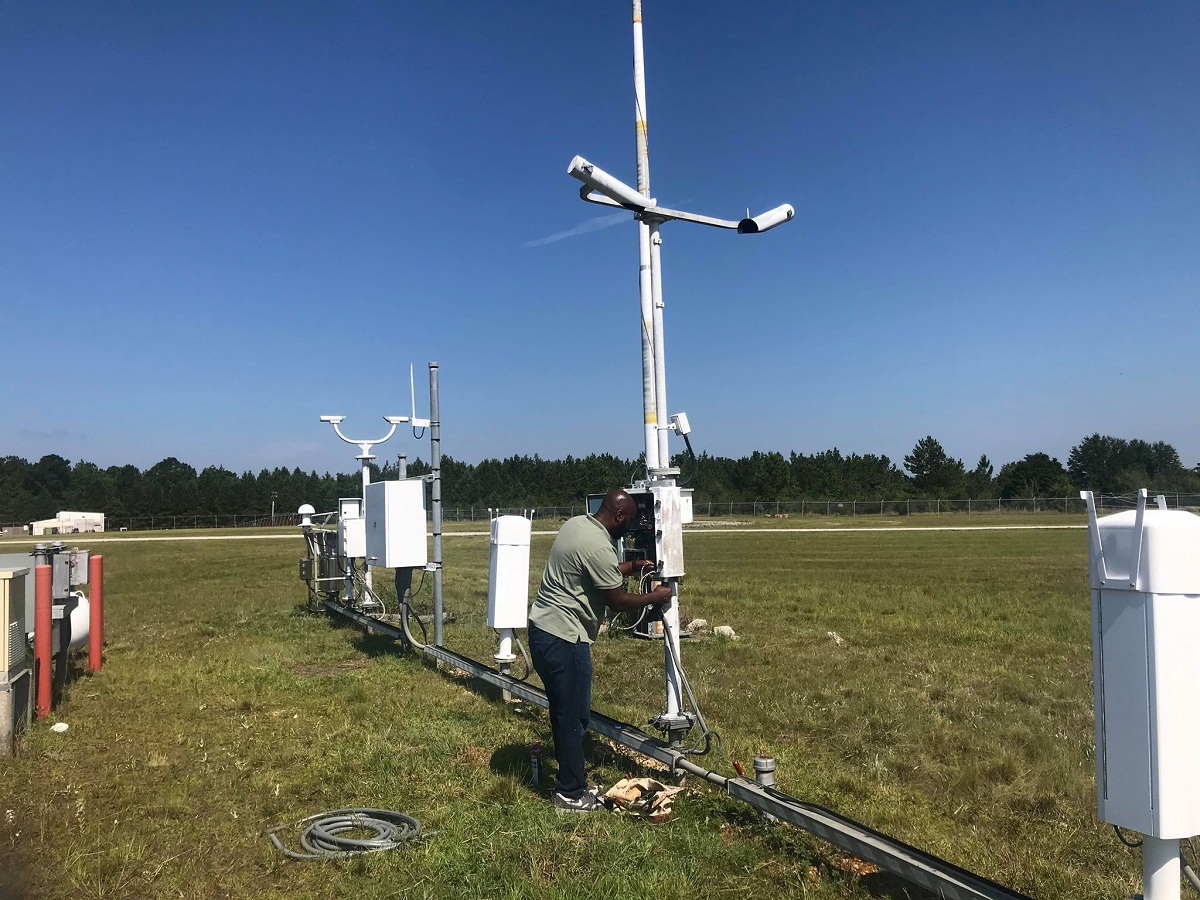
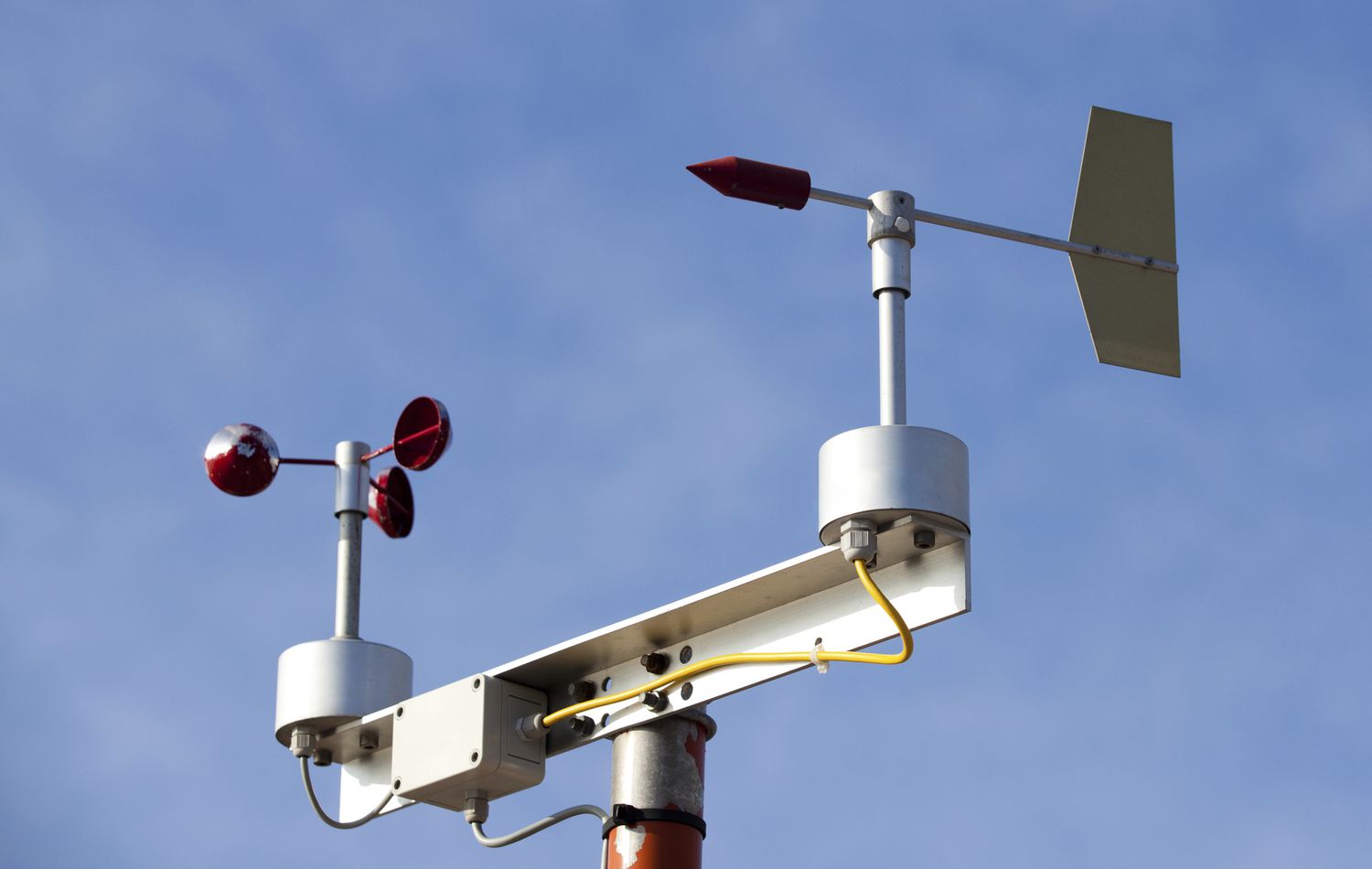
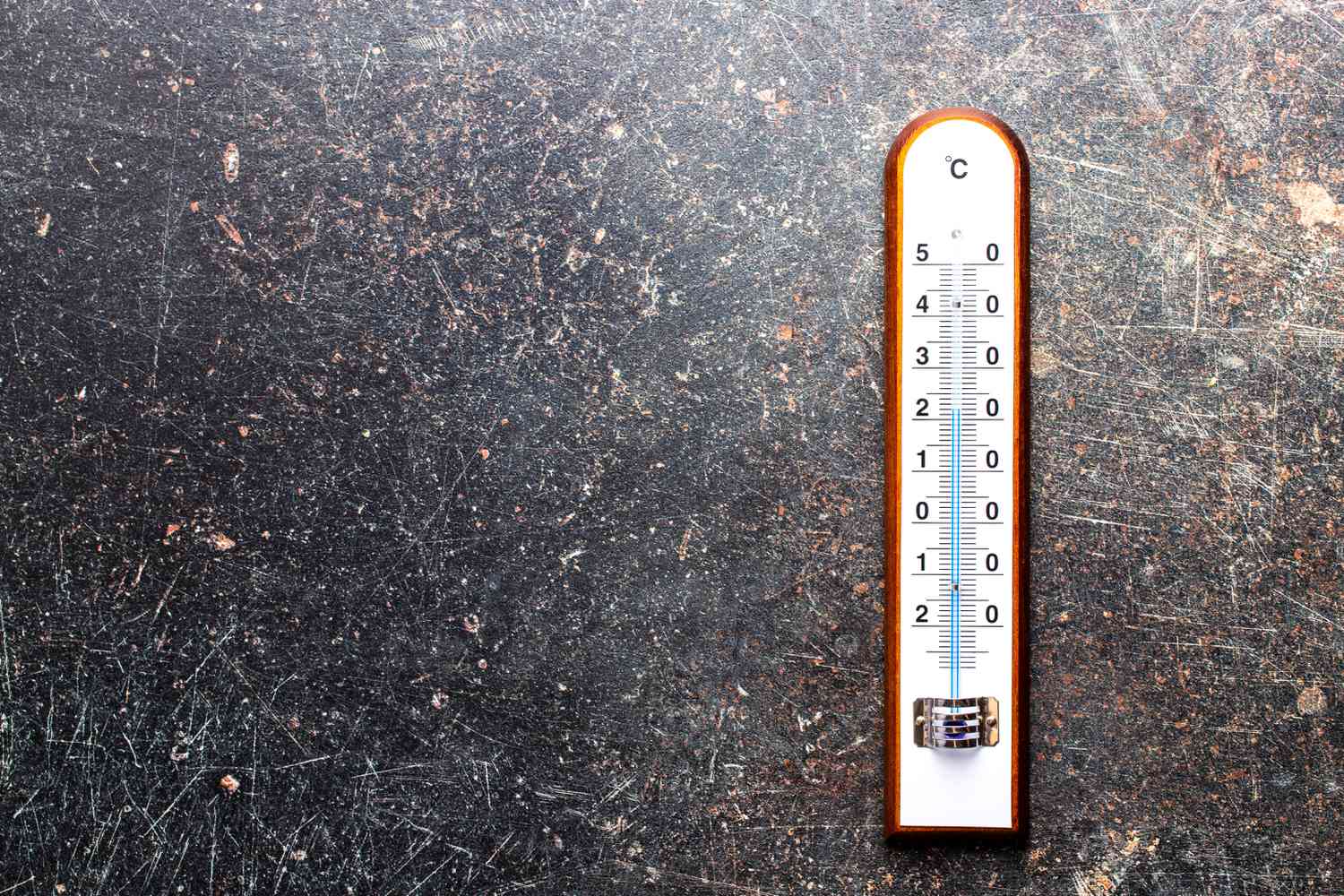
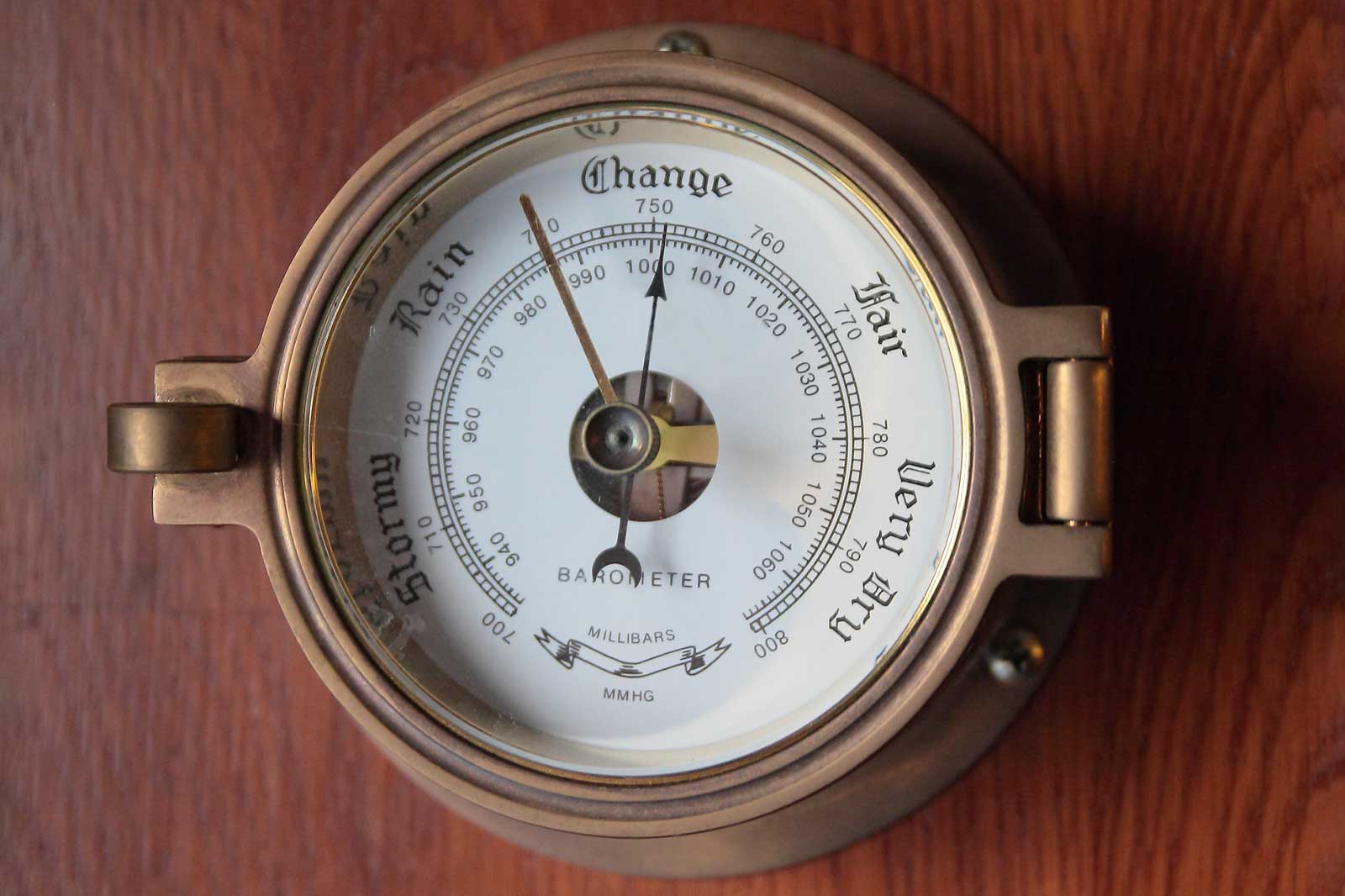
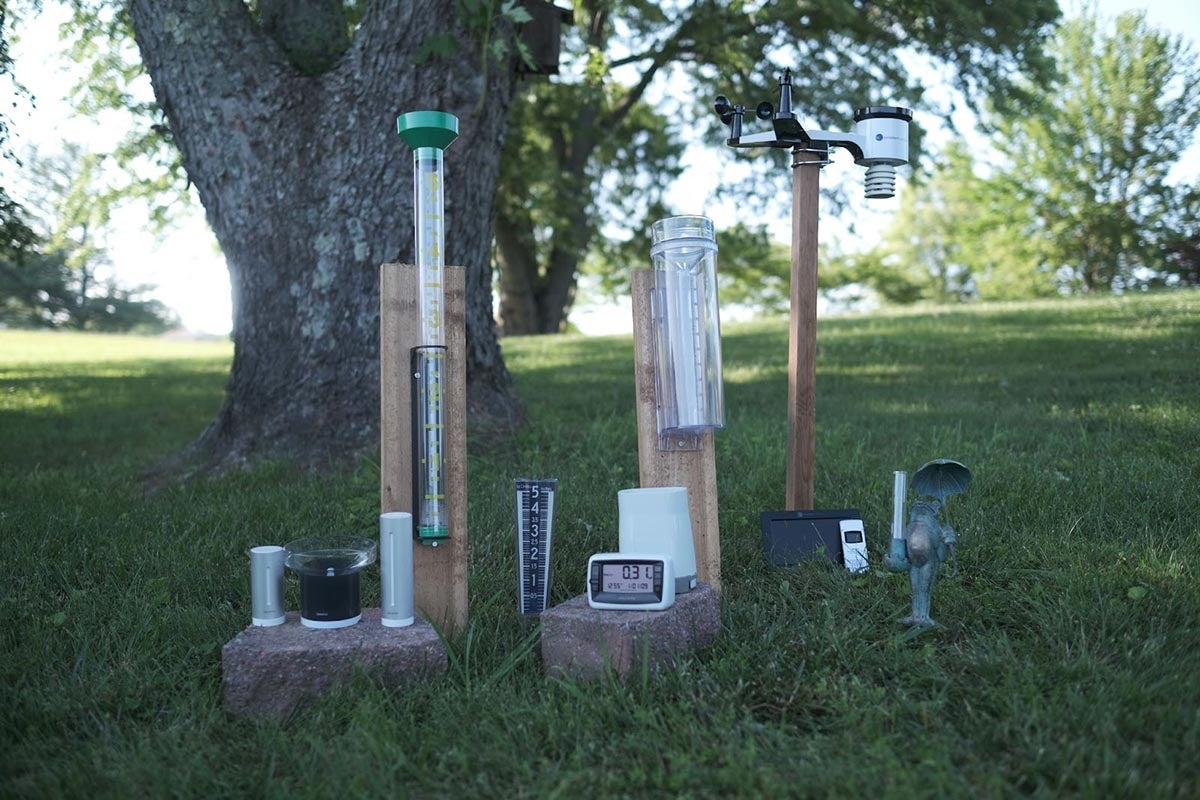
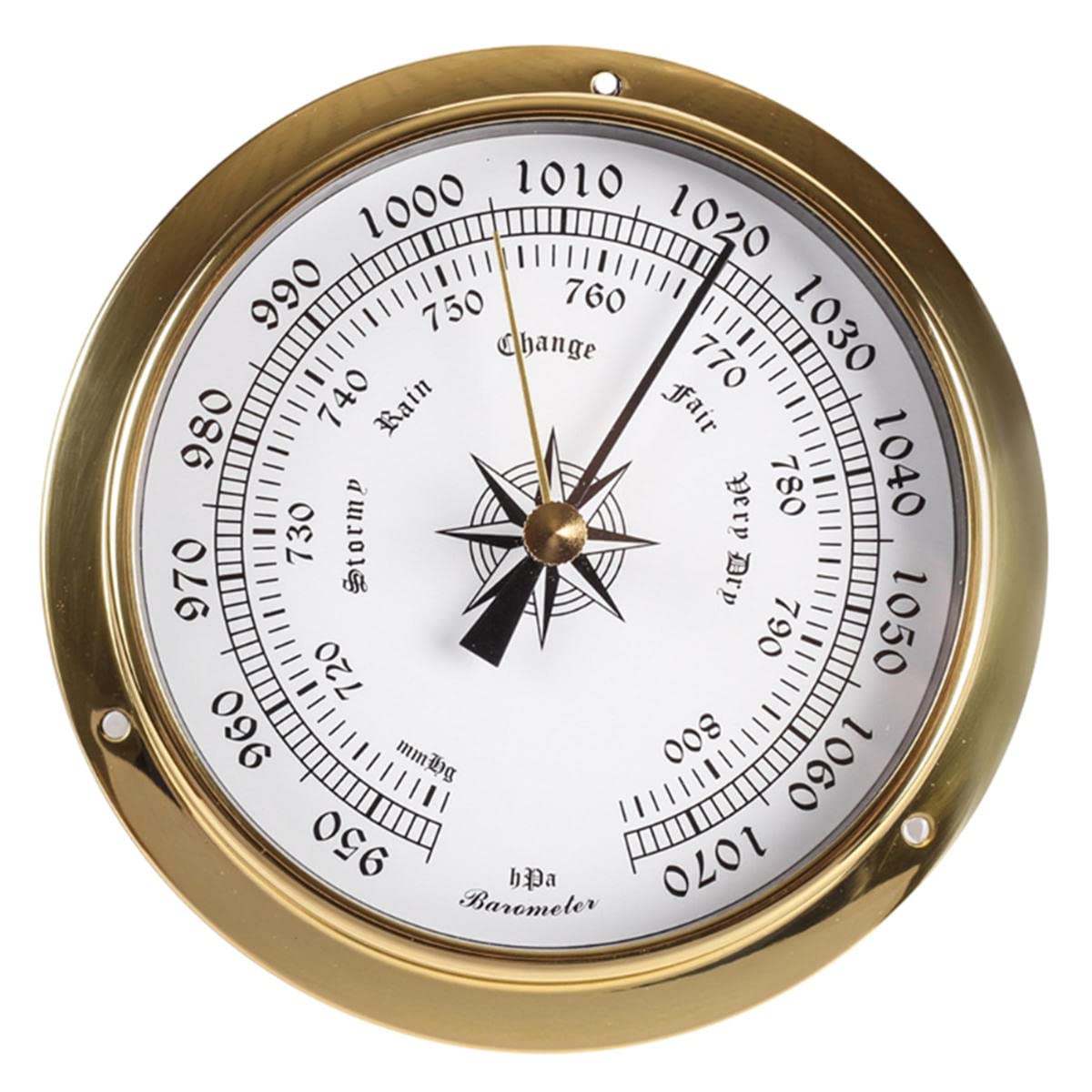
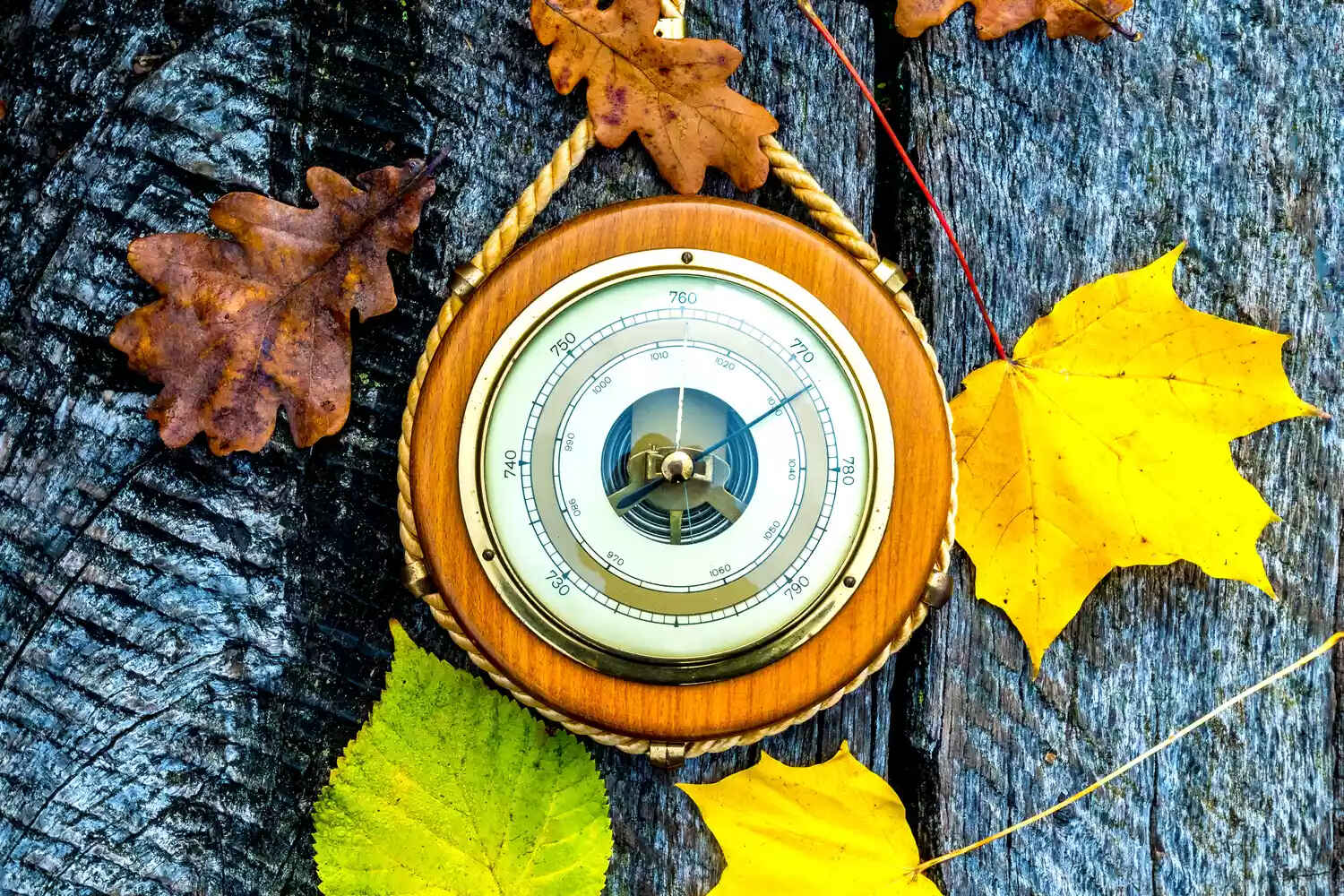
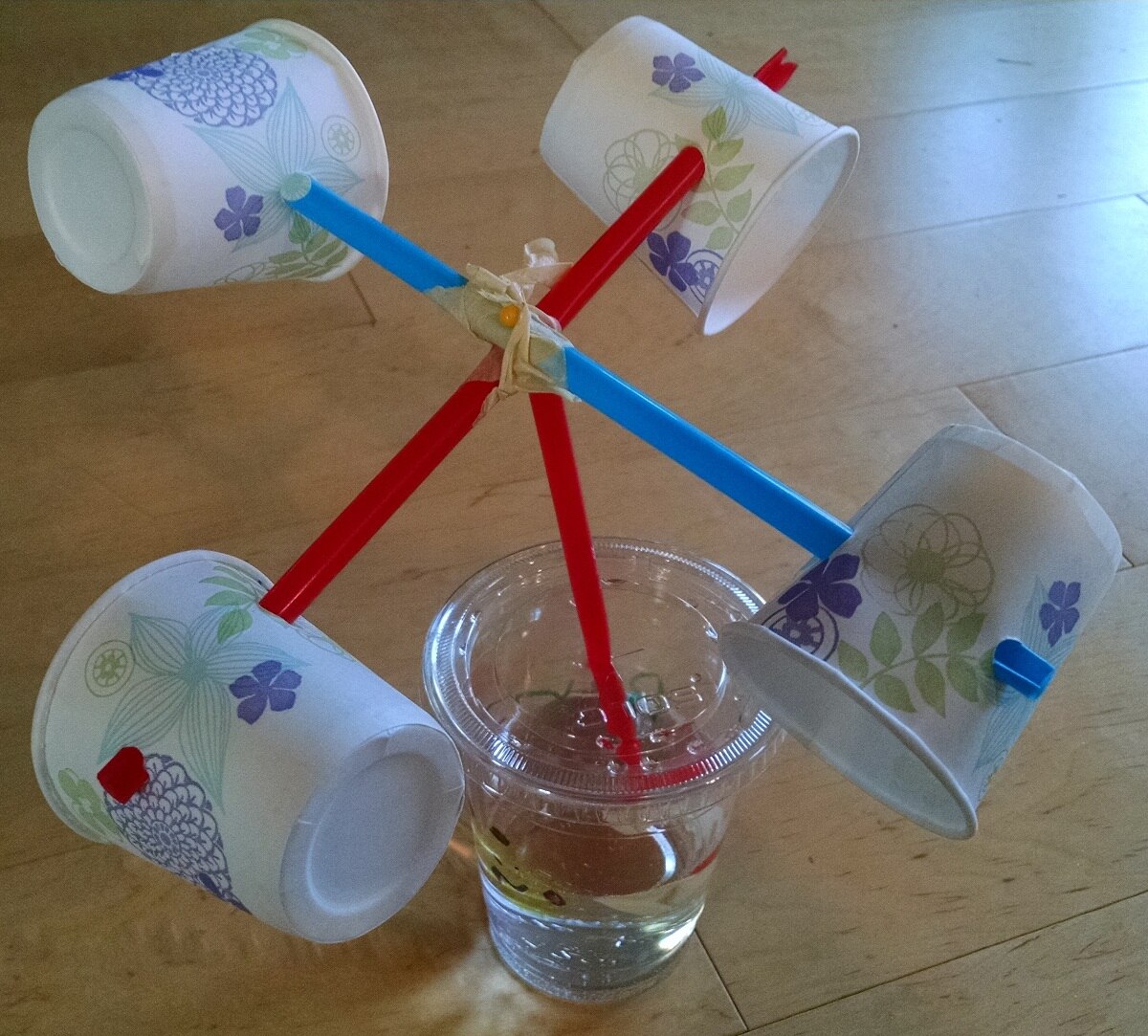
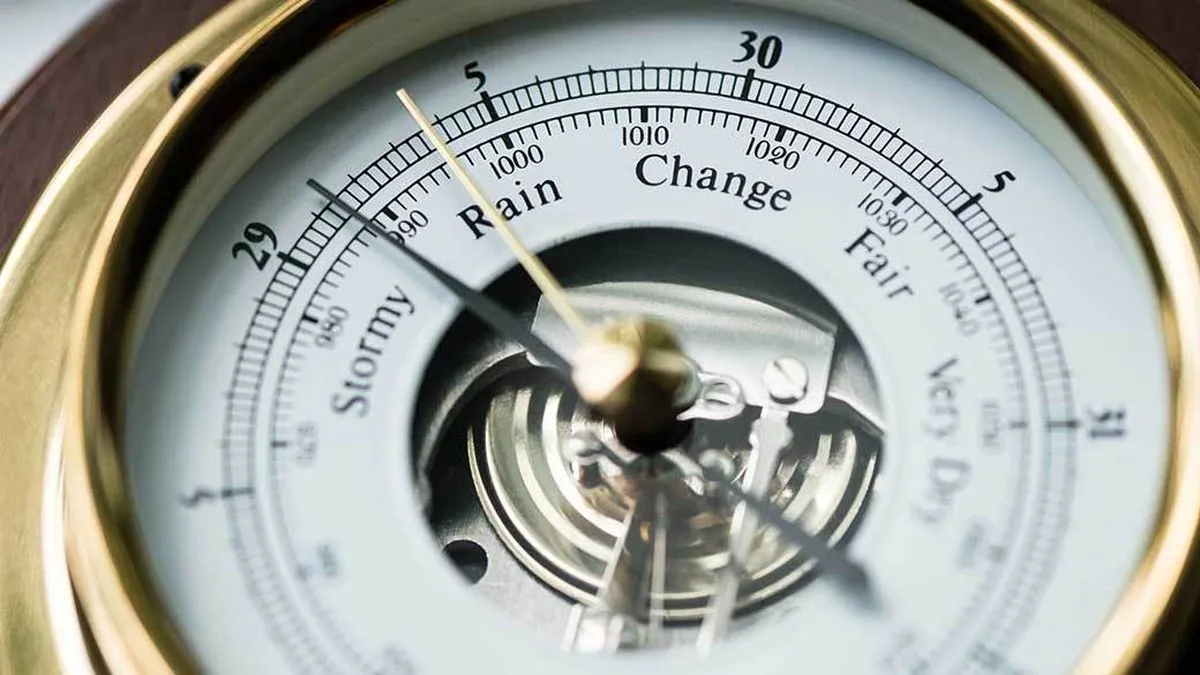
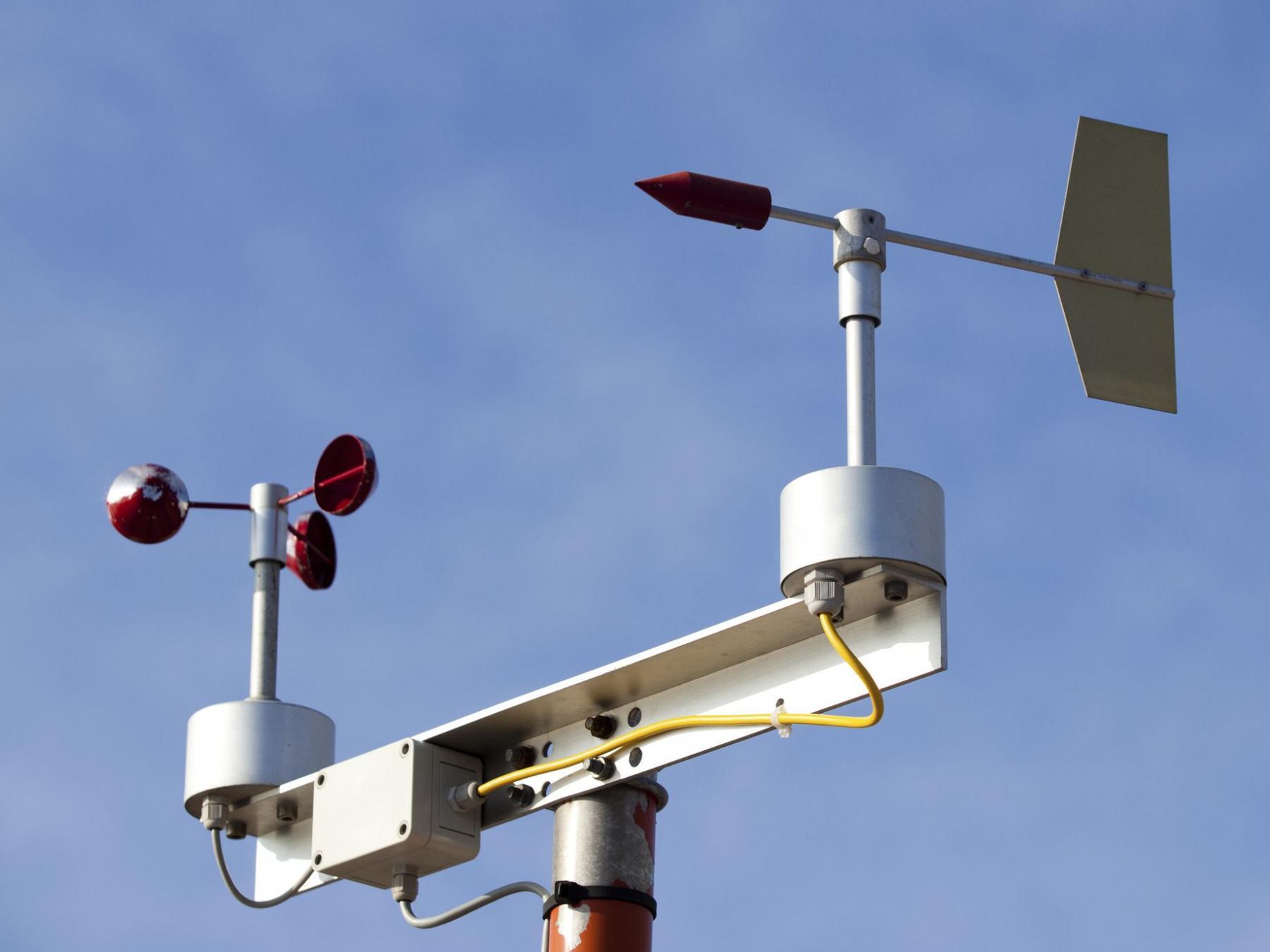

0 thoughts on “What Weather Instrument Is Used To Forecast A Hurricane”